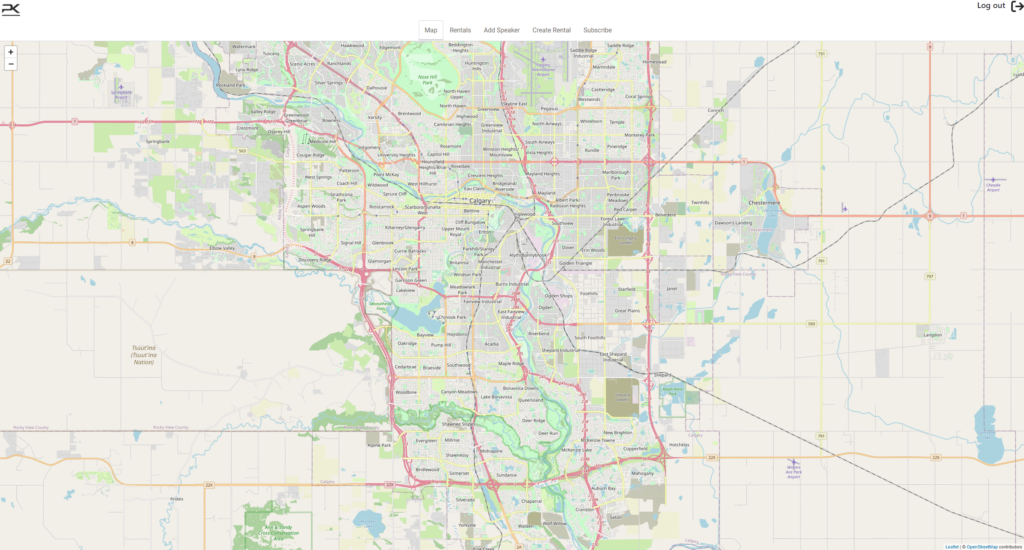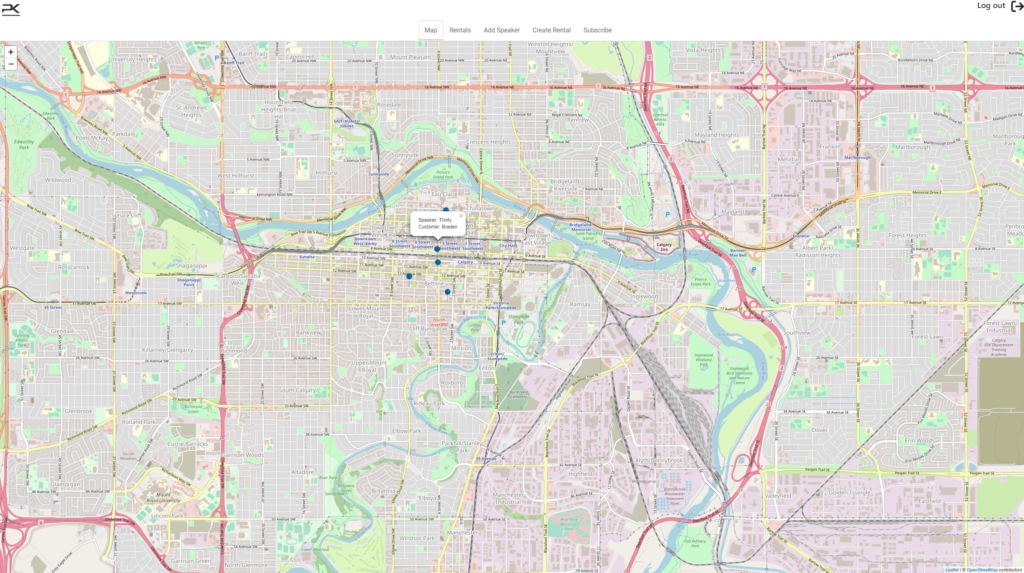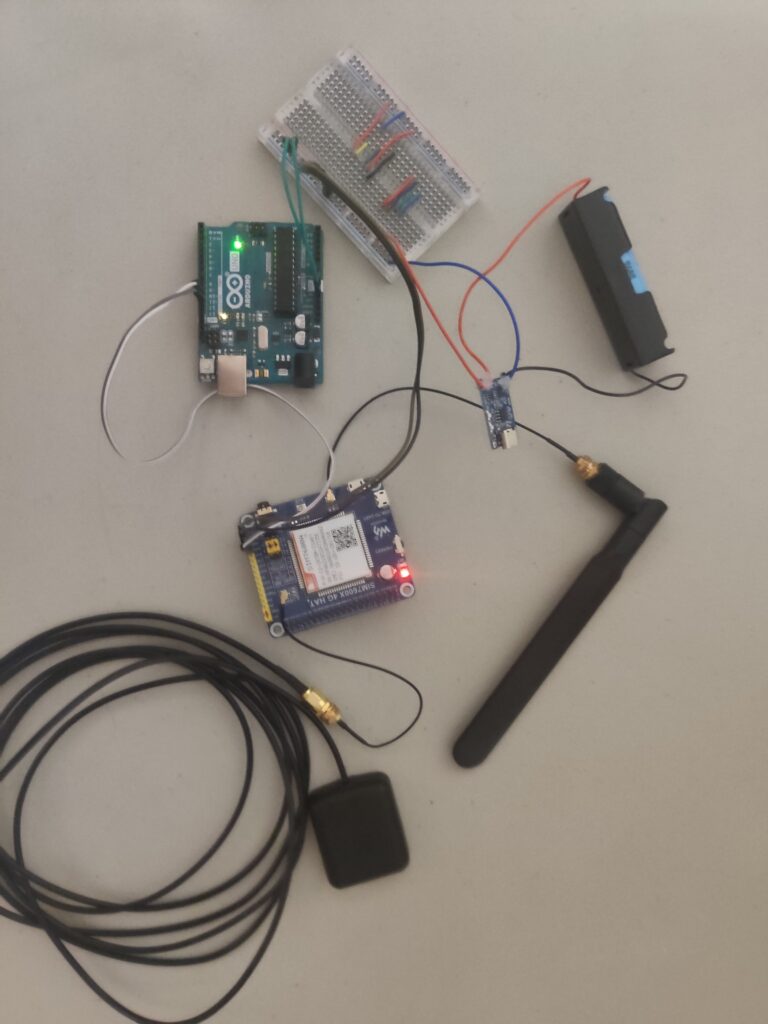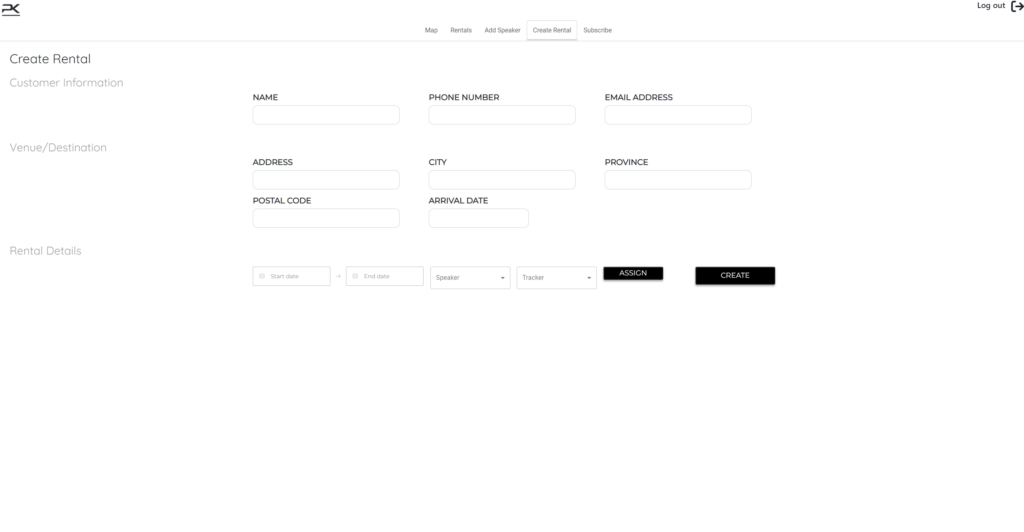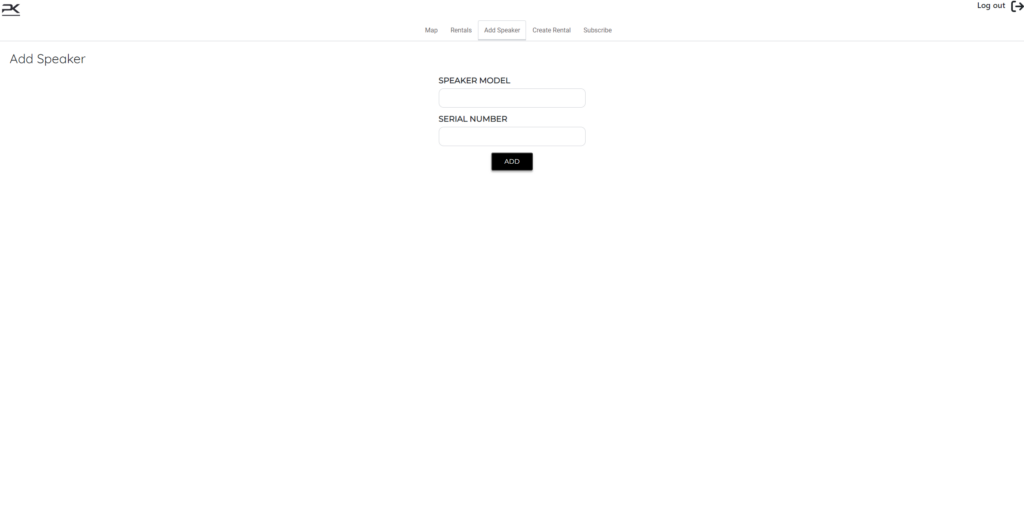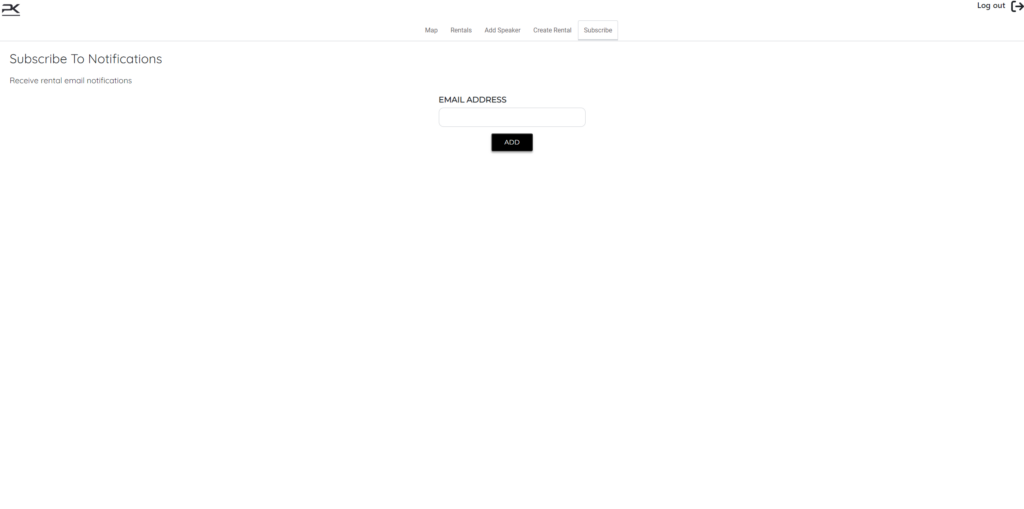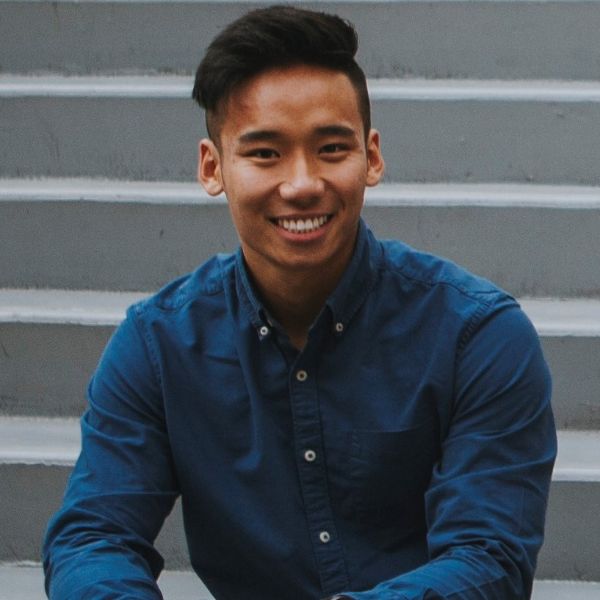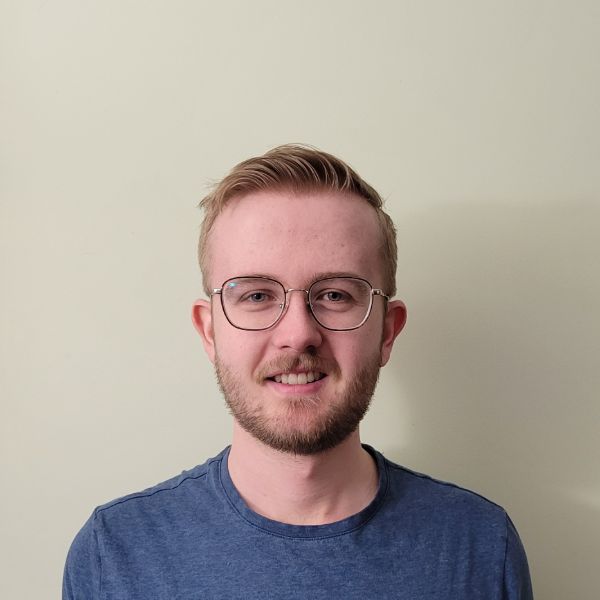
Project Category: Software
Capstone Design Fair is scheduled for April 5th, 2022 from 9:30AM to 1:00PM (MST)
About Our Project
Background
PK Sound is a company that designs, manufactures, and deploys advanced loudspeakers for professional music venues and events.
Customers of PK Sound choose to rent these expensive loudspeakers temporarily. However, sometimes these rentals can go missing or do not follow a designated delivery path, which can be costly.
Our Solution
Our team tackled this issue by creating a physical GPS tracker that can be coupled with these speakers to follow and monitor them through a website interface for PK Sound employees. This website can view the statuses of speaker rentals, speaker/tracker information, and current location of speakers (provided by the GPS tracker). With this, PK Sound can be notified of large discrepancies between designated and actual locations, and overall, manage speakers in a more streamlined process.
Check out our website!
Username: pk_sound@gmail.com
Password: Test1234``
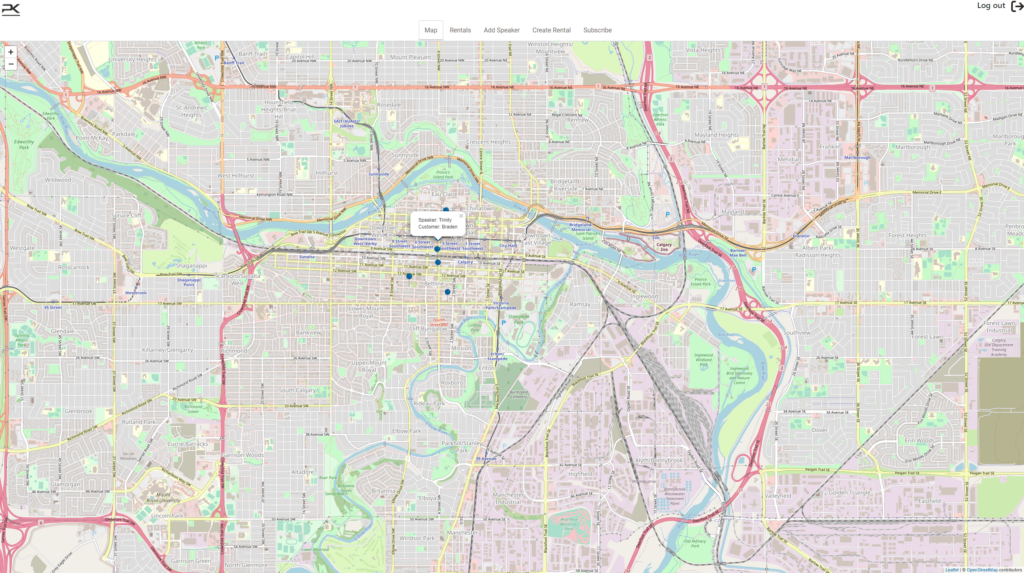
Design Details
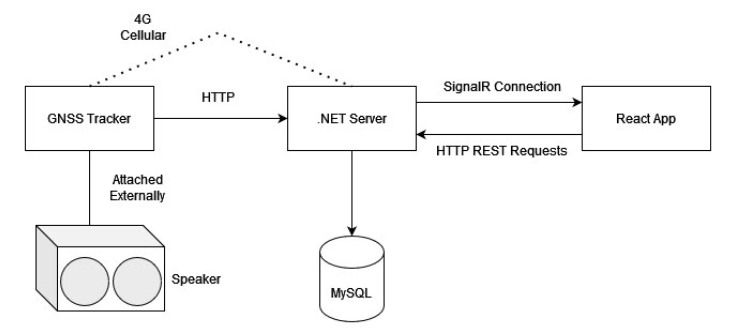
Practical Issues
PK Sound deals with multiple rentals to clients that all go to a variety of locations and venues. Therefore, managing the location of each speaker and ensuring that they arrive at their destination can be quite tedious and disorganized, if not done correctly. Also, if a speaker goes missing with no transaction of its history during delivery, this can be costly for the company. Our tracker system application helps alleviate this overhead work by keeping track of multiple speakers (with GPS trackers), managing client rentals, ensuring rentals are on the correct delivery path and notifying employees once a delivery has made it to the correct location.
Design Innovation
Unlike common delivery services where drivers have to manually notify users when a delivery has arrived at its location, our system will automatically notify PK Sound employees once a speaker has been successfully delivered. The system will provide an automatically generated email notification once a rental is within a certain radius of the final delivery location/venue. Furthermore, our system will also allow employees to monitor the complete journey of a delivery, observe if it is following the correct path, and anticipate any delays that may come about from rerouting.
Effectiveness of Solution
The design of our application solves the original problem while also providing additional layers that make the experience more interactive and informative. This is done by using animations throughout the website and providing live updates with locations to the map so that rentals can be tracked at all times. Our design also takes into account the usability and intuitiveness for a user. The layout is kept simple and direct so that a user is not overwhelmed and can logically follow the process of creating new rentals, adding speakers, and then managing them through the map.
Solution and Design Validation
For the software component of our application, we validated our design by creating a detailed test plan for both the frontend and backend. The backend simply involved creating unit tests so that our application would have as much coverage as possible. The frontend had utilized automation testing for component testing such as the Jest framework and React testing library. Also, we had employed techniques of happy path and negative path manual testing for the frontend.
For the hardware component, we had validated our design through manual tests and data collection to ensure that our GPS component was able to receive coordinates as well as post them wirelessly to our server. We had also tested our power draw to ensure and predict our battery life consumption.
On top of this, we had held several design review meetings with our sponsor representatives and academic advisors before implementation to define clear requirements and technical specifications that our group should be achieving in order to create a successful prototype.
Feasibility of Our Design
Throughout the development of our project, our group ensured its feasibility by using Jira project boards to manage our workload. From this, we were able to guarantee extensive testing near the end of our capstone project. Furthermore, we had meetings with our academic advisors and sponsor representatives to discuss the overall feasibility of our design and any challenges that may arise within our development or the foreseeable future.
Partners and Mentors
We would like to thank our sponsor representatives, academic advisors, and TA who helped us with creating this project. Without their advice, patience, and guidance this project would not be possible.
Sponsor Representatives:
- Joel Briggs, PK Sound Lead Software Developer
- Jeremy Bridge, PK Sound CEO
- Nick Lepine, Software EIT
Academic Advisors:
- John Nielsen, Department of Electrical and Software Engineering Associate Professor
- Abraham Fapojuwo, Department of Electrical and Software Engineering Professor
TA:
- Elham Sadeghabadi, Department of Electrical and Software Engineering Graduate Assistant-Teaching
Photo Gallery
